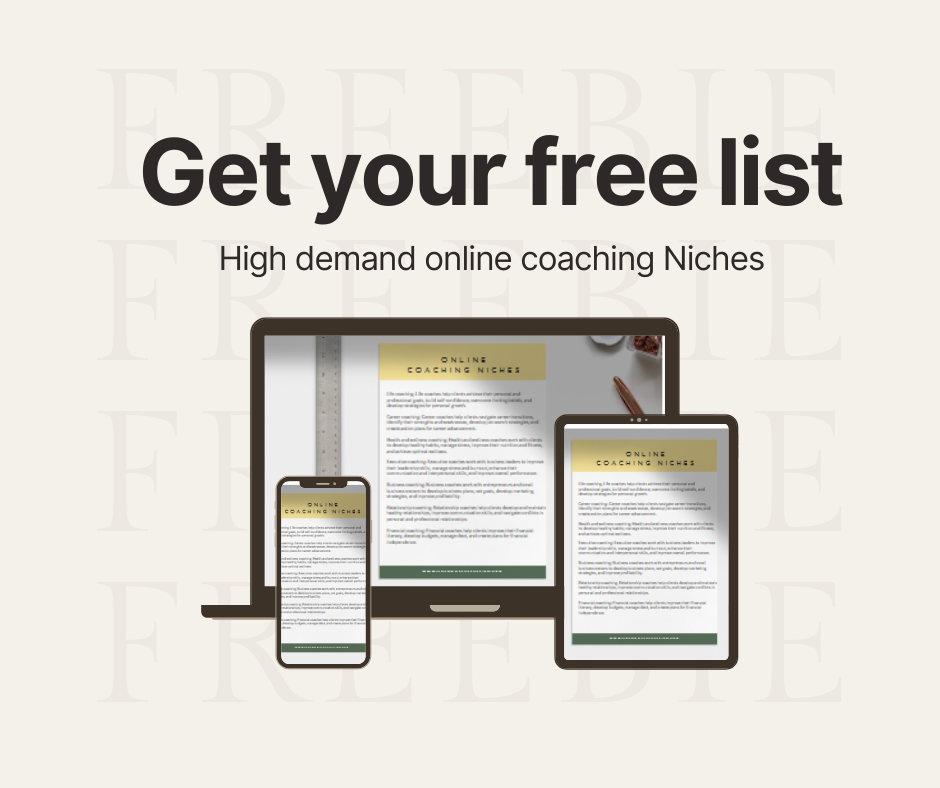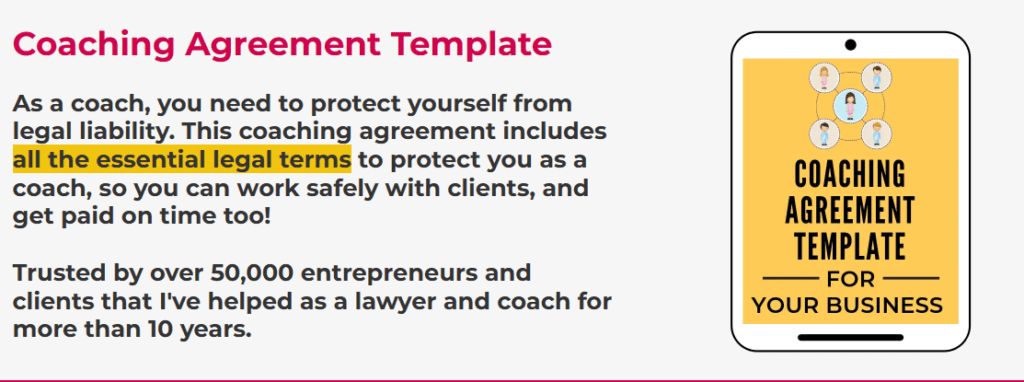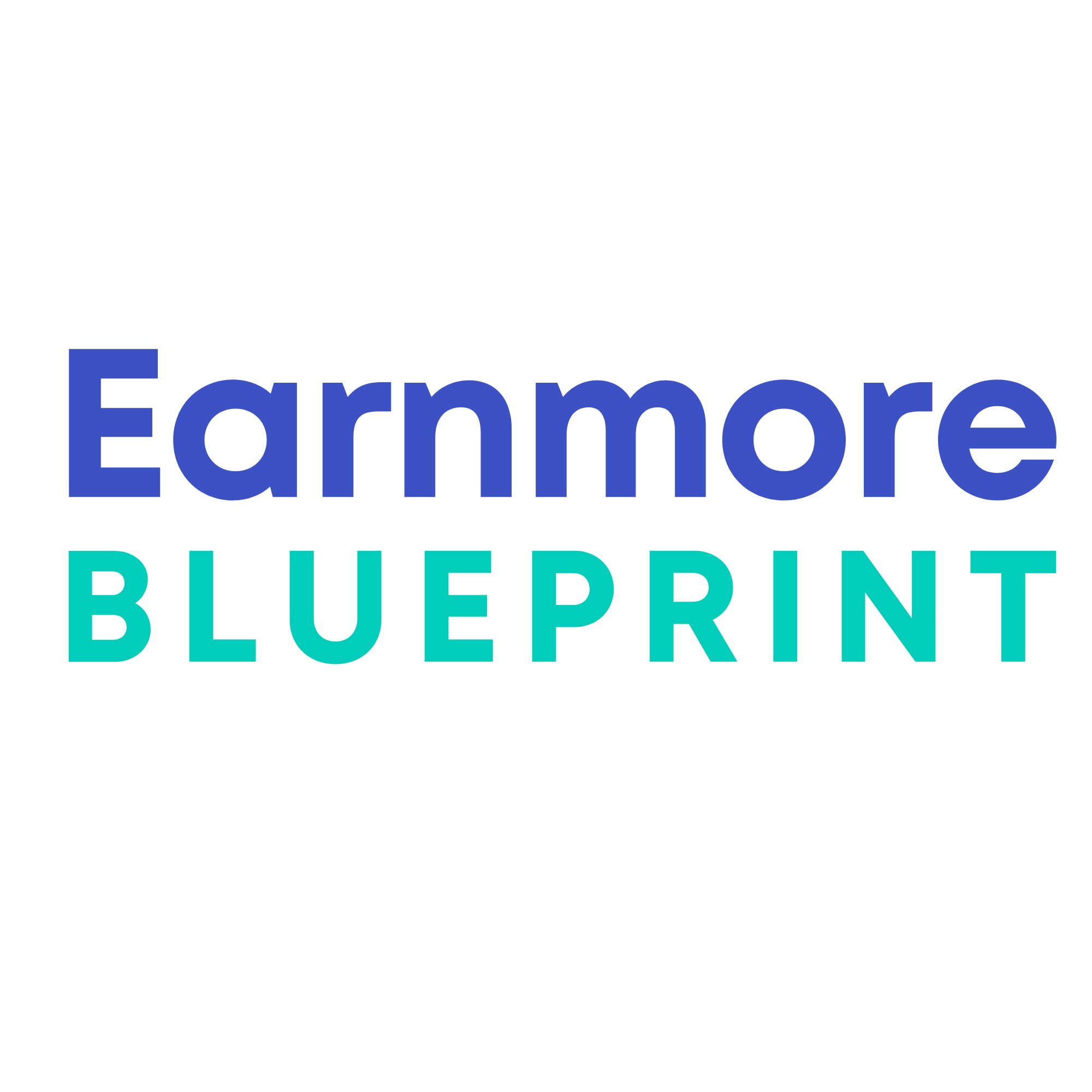If you feel like helping people accomplish their goals, and you want to make money doing it, you’re not alone. Online coaching is a great high impact business idea to start.
When it comes to coaching, you can make $1,000+ a month or even $5,000+ a month if you do it full-time like Kamila. Read Kamila’s inspirational story here.
Add this to the fact that coaching can be done online, and you can get clients from anywhere in the world – such a huge market. No wonder many people are trying to become online coaches today.
No matter the type of coach you are trying to be – fitness, life, career, nutrition, relationship – here are 7 simple steps you should follow to start your business today.
What is online coaching?
An online coach uses the internet to train clients to achieve their goals.
The major way it differs from traditional coaching is the flexibility of working from anywhere.
As an online coach you can offer guidance in various ways. Virtual classes, individual coaching sessions, group coaching sessions and printable guides are all sensible methods.
Each online coach is unique, and what you deliver can take on several forms. You might:
- Provide guidance through weekly or monthly virtual sessions with your clients
- Offer a video library of pre-recorded sessions combined with printable workbooks for clients to work through.
- Offer a hybrid approach of both pre-recorded and virtual coaching sessions.
- Offer 1-to-1 or group coaching sessions.
Why become an online coach?
You’re invested in helping people overcome a challenge you may have also experienced in life.
Becoming an online coach is also:
- Scalable: You can have as many clients as you want since it’s a virtual service
- Flexible: Online coaching is flexible in terms of location and schedule, which can be appealing to those who value a work-life balance.
- Cost-effective: You will have little to no overhead cost associated with renting a space or commuting to and from meetings.
- Financially rewarding: some coaches have up to $10,000 months depending on number of clients and niche.
7 steps to becoming an online coach.
1. Define your coaching specialty
This involves nailing down exactly what you want to coach about. Start by taking stock of your expertise. What are you really good at? What are you known for? what do people come to you for advice on?
If people already come to you for advice on certain aspects of their life and you’re pretty good at it, you’ll be an even better coach when you’re genuinely passionate about doing it as a business.
Need some guidance? Click here to get a curated list of high demand coaching specialties as well as my free worksheet to help you brainstorm and choose the perfect coaching specialty for you.


2. Check if your specialty is profitable
Now, here’s a really important part: is your chosen niche profitable?
Determine if there is a demand for your coaching service by doing a lot of research.
Simple google searches will help, but you need special keyword search tools to find out the coaching services people are constantly looking for online.
My favourite tool for this is keysearch.co. Keysearch can tell you the monthly search volume for any possible coaching keyword. See below for example, there were 40,500 search hits for ‘career coach’, 1600 for ‘online life coaching’ and 6,600 for ‘online fitness coach’ in March 2023.
Having this knowledge can help you redirect your niche of interest, so you don’t waste your time building a business that doesn’t have potential clients.






3. Gain the right qualification
Typically, becoming an online coach doesn’t require a specific degree but you’ll need board certification to be recognised. You can achieve your certification through training programs. Some great programs that provide coaching certifications are on Udemy. Get started here.
For life coaches, you can check out this certification course and take advantage of the current discounted offer.
If you know an established coach in your field, you can also consider hiring a mentor. There’s always so much to benefit from expert advice. It’s also beneficial to have someone who understands your frustrations in your corner.
4. Define your ideal client
Defining your ideal client will affect your day-to-day experiences. It will also help you create a well-focused coaching content. Moreso the more you know your target client the easier it will be to market your service.
You can start by answering the following questions:
- Who do I enjoy working with? Think about the types of people you enjoy working with and find the most fulfilling to help. This could include specific age groups, professions, or personality types.
- What problems do I solve? Consider the specific pain points your clients might experience and how your coaching can help alleviate those challenges.
- What is my coaching style? Think about your coaching style and how it aligns with your ideal client. For example, if you have an empathetic coaching style, you may be best suited to working with clients who need a more supportive approach.
- Who can afford my coaching services? Consider the income level of your ideal client and whether they can afford your services. If you offer premium coaching packages, you may need to target clients who have a higher income level.
- Who shares my values and goals? Consider the values and goals of your ideal client and how they align with your own. This will help you find clients who are a good fit for your coaching approach and philosophy.
Now we have an idea of our target client, let’s move on to the fun part!
5. Create your online training course
The structure of your coaching program should be such that there is a clear roadmap for your clients go from A (where they are) to B (where they want to be).
Depending on how you plan your program, you can record sessions on fundamental concepts and this can do majority of the coaching for you.
You can sell your course directly using Koji. Using Koji is really simple.
- Sign up for an account for free.
- Create a ‘Koji’ – which includes a preview photo of your course, title of your course and the course materials.
- Koji gives you a link which you can share on any platform
- Clients get access to your course once they have made payment.
You can also use two great course delivery platforms: Kajabi or Thinkific. Both are like online schools with options for assessments, and the ability to track the progress of your clients.
Don’t have content yet? You can offer individual tailored coaching. Use a platform as simple as zoom for virtual meetings and create your content along the way as you work directly with clients.
6. Build your online presence and market your service.


Don’t skip this step if you want people to find your service.
Whether a professional website or blog, this is your first opportunity to make an impression on potential clients.
It should showcase who you are, your qualifications, your services, pricing structure and how people can reach you. Create search engine optimised content that can help people looking for a coach to find your site.
Not sure where to start? Wix or WordPress website builders can do all the work for you in creating a website or blog with stunning templates.
Other ways to attract clients:
- You can use live videos or IG reels to talk about important issues in your niche and attract clients.
- You can offer flash discounts or free consultations to get more exposure.
- Too busy for content creation? Hire a virtual assistant for few hours per day/week using Fancy Hands.
Don’t sleep on Facebook groups. They offer a lot of marketing opportunities. Join them and respond to relevant questions at least once a day to get noticed.
7. Run your online coaching business without breaking a sweat


There are several other fundamental tools you need to start your business.
You need:
A legal coaching agreement for clients. If you don’t know what this looks like, get a great template here from Amira who is a qualified lawyer, and a blogger, that understands the legalities of online businesses. If you stick around the online business world long enough, you will see her name come up so many times – and for good reason. Over 30,000 online bloggers and coaches use her templates to protect their businesses.


You’ll also need templates and welcome packages e.g., onboarding emails, goal setting workbooks, progress trackers etc. If you are not creative or experienced with graphic design, this can take weeks or months.
Our all-in-one templates give you the power to create beautiful, customised worksheets and training materials for your brand. No fuss, no steep learning curve. Just drag and drop features to make the templates yours. We are still getting it validated, so stick around and sign up to our newsletter (see homepage) to be among the first 50 coaches that get the entire bundle for free.


Final thoughts on starting an online coaching business.
There you have it, practical steps to venture into an online coaching business.
Starting an online coaching business can really be exciting and fulfilling, but it’s important to have a plan in place to ensure your success.
If you’re new to staring a business, don’t let fear or uncertainty hold you back. With a solid plan, training and the right mindset, you can turn your coaching business dreams into a reality. So, take action and pursue your passion for coaching!

